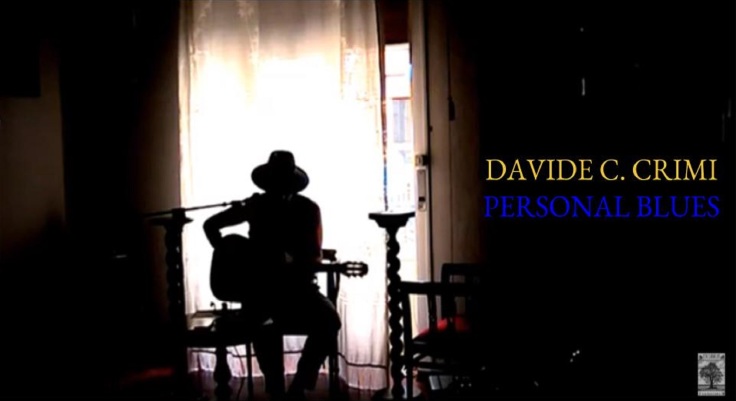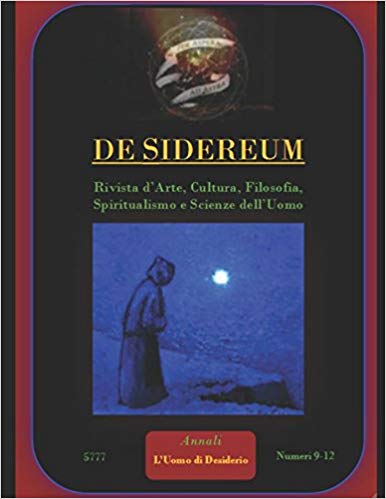All right! In XXI century, finally we had light upon this apparently little truth: that everything modern music has been doing well, it got an exceptional debt with the blues. What we call rock’n’roll is nothing but the most stupid riff (without seventh notes in the deep, but just three simplest accords in sequence) coming from the abyss of the blues. To be real, we should say that the blues is the music, the rythm and feeling of the blacks of America, and that is what we should recognize, if we would be able to be intellectually and humanly honest. Without the black presence, a white man can do nothing else than a folk repertory, talking about the closest shape of these songs of deep human intensity and hope for emancipation and progress of spiritual life. Sometimes some stupid says that the blues is the music of the devil, as it is: because you must study it with the devil, if you want to play a believable blues. But the blues is melted in a culture which is not dualistic, not reduced on the war of good against evil. Blues is consciousness.
I’ve been playing my blues with a Gipsy guitar that I use to call “Jinney”, because she lead me somehow somewhere to the home of Jinney the witch in Camden Town, where in the place that once was her home, there’s a locanda named World’s End, and there I wrote the opening song of this collection. After all this attempt to tell you how I (didn’t) learn to play the blues, a black friend appeared and we made together a live exhibition to the Locanda Blues, during the 2018 Spring Equinox. But this is another story. Now we should concentrate our effort in exploring the possibilities of early blues, which is quite percussive. Maybe someone already knows that black people in Southern America invented the banjo when drums were forbidden by the law of white people: so they put a neck over the drum to say: “it’s not a drum, it’s a guitar“. Very soon they took true guitars, becoming the best players. The way I play here the guitar is very primitive, something like the way John Fahey said about the Charley Patton’s mood, but maybe the comparison is light years far away from my capabilities. Notwithstanding, what matters is that every guitar uses to play if you make something with her. And if you have a special feeling with, this is really ok.







febbraio 15, 2019 at 8:01 am
In “The Search for Robert Johnson”, 1992 McCormick’s film interprets Johnson’s attitude to the phrase “selling your soul to the Devil” as a description of his resolve to abandon the settled life of a husband and farmer to become a full-time blues musician.
febbraio 15, 2019 at 8:48 am
John Fahey, quoted in the article above,he was a part of the UCLA’s Folklore department, producing a thesis on the life and music of perhaps the most influential and legendary blues man of all time: Charley Patton. Charley Patton was influential over Robert Johnson, who considered him a model. Patton was forty years old when Johnson was twenty, therefore it’s quite normal the relation.
Patton was very controversial, even about his birth. His parents were Bill and Annie Patton, but locally he was regarded as having been fathered by former slave Henderson Chatmon, Fahey, as biographer, described Patton as having “light skin and Caucasian features”. He was considered African-American, but a theory, endorsed by blues musician Howlin’ Wolf, was that Patton was by her mother half-Mexican or even Cherokee.
Patton learnt to play guitar from Henry Sloan, a legendary bluesman, but we have no mastered records of this author. Patton used to perform at Dockery and nearby plantations often in association with Willie Brown.
Tommy Johnson, Fiddlin’ Joe Martin, Robert Johnson, and Chester Burnett (who became known in Chicago as Howlin’ Wolf) lived and performed in the area, and Patton was the recognized mentor to all these younger performers.
If we go after Henry Sloan, We can consider Charley Patton as the first bluesman we have recorded tracks.